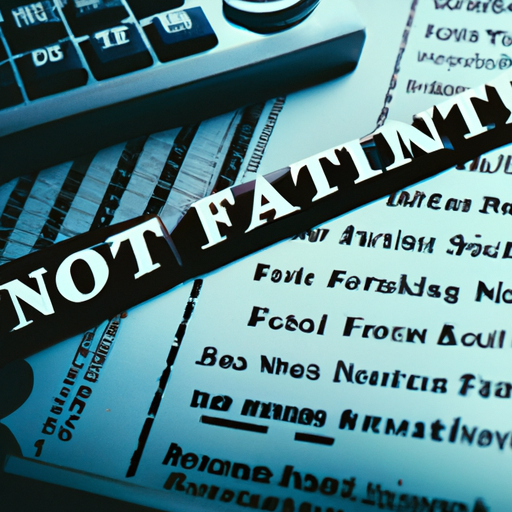City revenue is booming, and Albuquerque Mayor Tim Keller’s budget proposal for the coming year reflects that.
But the economic climate remains uncertain, and the mayor said his plan reflects that, too. Instead of costs the city would have to sustain long term, Keller’s plan concentrates a good deal of the growth in such one-time expenditures as building upgrades, city vehicles and economic development grants.
Overall, Keller contends, it is actually a “pretty bland” proposal that covers the necessary bases without introducing many new elements.
“I don’t think there’s anything in here that is a particular surprise,” the mayor said during a meeting this week with Journal editors and reporters. “… It’s not like we have some massive announcements.”
It does include a % cost-of-living pay increase for city employees. It would double spending on Albuquerque Community Safety – a fledgling unit designed to take calls related to homelessness, public inebriation and more out of the police and fire department realm – providing funding to add new positions to make it a round-the-clock operation. His plan also features $, for proposed “safe outdoor spaces,” often called sanctioned encampments for the homeless; a new youth sobering center; and new firefighter positions, most of them to improve response in high-volume areas.
It also includes $. million to run the Gateway Center homeless shelter and $. million for a medical respite facility, both of which are expected to launch within the Gibson Health Hub by year’s end.
Keller sent his proposal to the City Council on Friday. The council can now make amendments during its own deliberation process, which includes three public hearings. It must approve a budget by May or the mayor’s moves forward as is.
Under Keller’s proposal, city spending would reach $. billion in the fiscal year that begins July , with the general fund – which covers police, parks and road maintenance, and most basic city functions – making up $. million of it. That’s a $ million increase .% from the current year’s budget.
That’s made possible by carry-overs from this year and other recent years, plus a dramatic increase in gross receipts tax revenue. GRT is assessed on the sale of most goods and services and – for the first time in history – the city is now getting its full complement of GRT from internet sales.
Albuquerque Chief Financial Officer Sanjay Bhakta said that change has had a far bigger impact than expected.
But Keller administration officials say they want to tread carefully in case the wave doesn’t last, noting that it is hard to gauge true economic growth given nonpermanent federal COVID- relief spending, including stimulus payments, alongside inflationary effects.
“What goes up goes down eventually,” Bhakta said. “We should be prepared. And we should be cautious.”
Because of that, the mayor has proposed significantly more one-off expenses in fiscal year . Nearly % of all general fund spending would be such one-time expenditures, meaning they are not built into the budget on a recurring basis.
Keller’s plans for the one-time money include $ million for what officials call a “cost escalation fund” that will help complete existing construction projects amid soaring prices, $ million for future Local Economic Development Act LEDA grants, $ million for city vehicles, $ million for housing vouchers, $. million for a police use-of-force review consultant, $ million for dog parks, $. million for events sponsored by the Department of Arts and Culture, and $. million to subsidize the free city bus service.
There’s also $ million in nonrecurring money for city buildings, including potential upgrades to City Hall, the police headquarters and other facilities – projects Keller said leaders have historically overlooked in favor of more exciting initiatives.
“There’s all sorts of maintenance that we have to do. And, every year, because something is more glamorous, we the mayor and City Council choose to do that. … It just happens,” he said. “And so we do have a slog of funding in this proposal for things like that.”
Brook Bassan, this year’s City Council budget chairwoman, said it’s “very good news” that the city’s past saving and current revenue levels afford the opportunity to make large one-time expenditures, though the overall budget growth warrants some scrutiny. She said she wants to know the money is going to carefully planned projects, noting, for instance, that administration officials were not immediately able to answer her question about where the new dog park money would be spent.
“What do we have a plan for and what are the details of the mayor’s proposal for spending?” Bassan said Friday afternoon, noting that she is still digging into the document’s details. “If there is not a plan in place for certain items, maybe this is something that should wait for a later date.”
• The Albuquerque Police Department would remain the biggest expense, accounting for .% of the general fund spending, or $. million. That’s enough to fund the same number of officers in the present budget – , – but they’ll make more money due to a new union contract that recently boosted pay by % and will bump it another % in July. There are currently sworn officers in APD, though the city consistently budgets for more.
• Fire Rescue is the second-largest general-fund recipient at $. million, followed by Family and Community Services at $. million. Keller’s proposal increases the FCS budget by %.
• The Planning Department would get a % increase. It would add new positions, including “to streamline and expedite” development review processes, and new departmental software.
• The City Clerk’s Office budget would grow % – among the biggest gains – due in part to enforcement costs related to the forthcoming speed camera program and new positions to help process public records requests.
• The city would set aside $ million for grant matching should the federal government fund a proposal to create a Space Valley in New Mexico, including a space technology and innovation center in Downtown Albuquerque.


